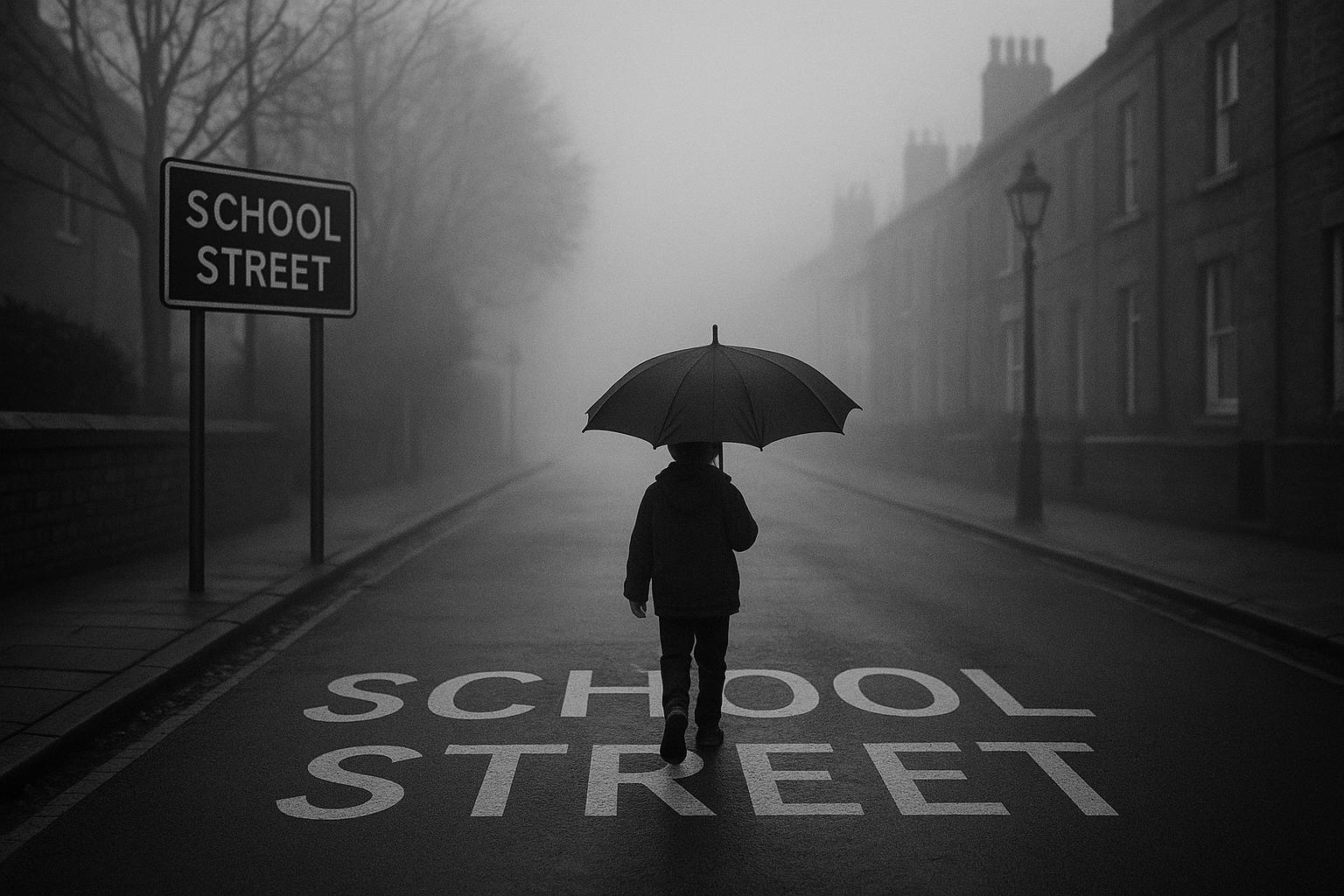Thousands of children in the London Borough of Haringey are benefiting from safer and healthier journeys to school, as the council marked World Car Free Day by celebrating the success of its expanding School Streets programme. The event took place at Bounds Green Infants and Juniors, one of the borough’s newest School Streets, where Cabinet Members Mike Hakata and Emily Arkell joined teachers and pupils to highlight the positive impact of these initiatives.
Introduced at the start of this school term, the new schemes at Bounds Green and Welbourne Primary in Tottenham have contributed to Haringey’s total of 35 operational School Streets. These zones transform the daily school run by restricting motor vehicle access during drop-off and pick-up times, allowing only people walking, cycling, wheeling, or those with vehicle exemption permits to enter, thereby creating cleaner air and safer streets for children. The council reports that more than 17,000 children across 44 educational establishments are protected by pedestrian and cycle-only zones covering nearly 12.6 kilometres during these critical periods.
School Streets are part of Haringey’s broader Streets for People initiative, aimed at promoting greener, more active travel habits among young residents. The schemes have been praised for encouraging walking, cycling, and scootering to school, reducing pollution and fostering a more pleasant environment at school gates. Mike Hakata, Cabinet Member for Climate Action, Environment and Transport, emphasised World Car Free Day as an opportunity to celebrate these improvements and preview future plans. According to Haringey Council, two more School Streets schemes are expected to launch soon, extending benefits to more communities.
Beyond the local level, the importance of such initiatives has drawn wider attention. On the same day, a London-wide air quality monitoring project was launched to measure the efficacy of School Streets, with nitrogen dioxide levels being recorded at 18 schools. This comes amid concerns that the school run constitutes around a quarter of morning traffic on weekdays, contributing significantly to urban pollution. Transport for London data shows that most school trips are less than one kilometre, reinforcing the potential for active travel.
Looking ahead, Haringey is preparing to nearly triple its School Streets coverage by 2026, with plans to introduce 38 more zones. This expansion will see a total of 61 School Streets encompassing roughly 21 kilometres of roadways restricted during school start and finish times. The new restrictions will be enforced by traffic cameras, ensuring compliance and helping the borough work towards its goals of reducing traffic congestion and pollution.
These initiatives reflect a growing commitment across London to foster healthier and safer environments for children. By curbing motor traffic during school runs and encouraging more sustainable travel, Haringey and other boroughs are contributing to broader efforts to combat air pollution, improve road safety, and promote active lifestyles among young people.
📌 Reference Map:
- Paragraph 1 – [1], [2]
- Paragraph 2 – [1], [2], [3]
- Paragraph 3 – [1], [4]
- Paragraph 4 – [5]
- Paragraph 5 – [6]
Source: Noah Wire Services
